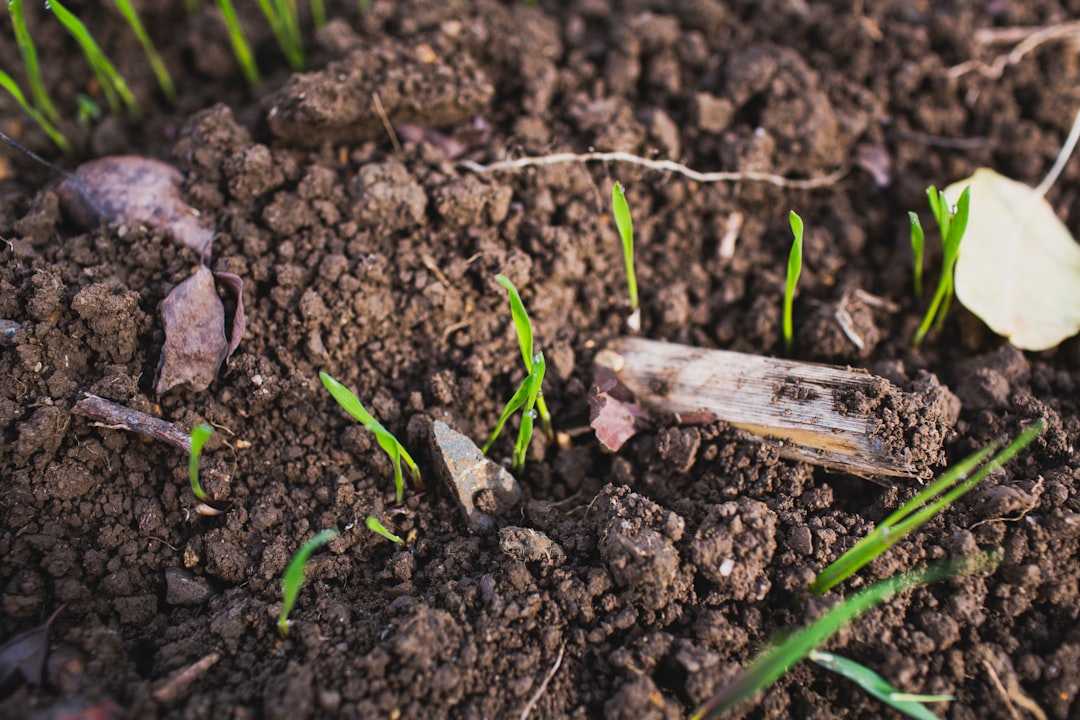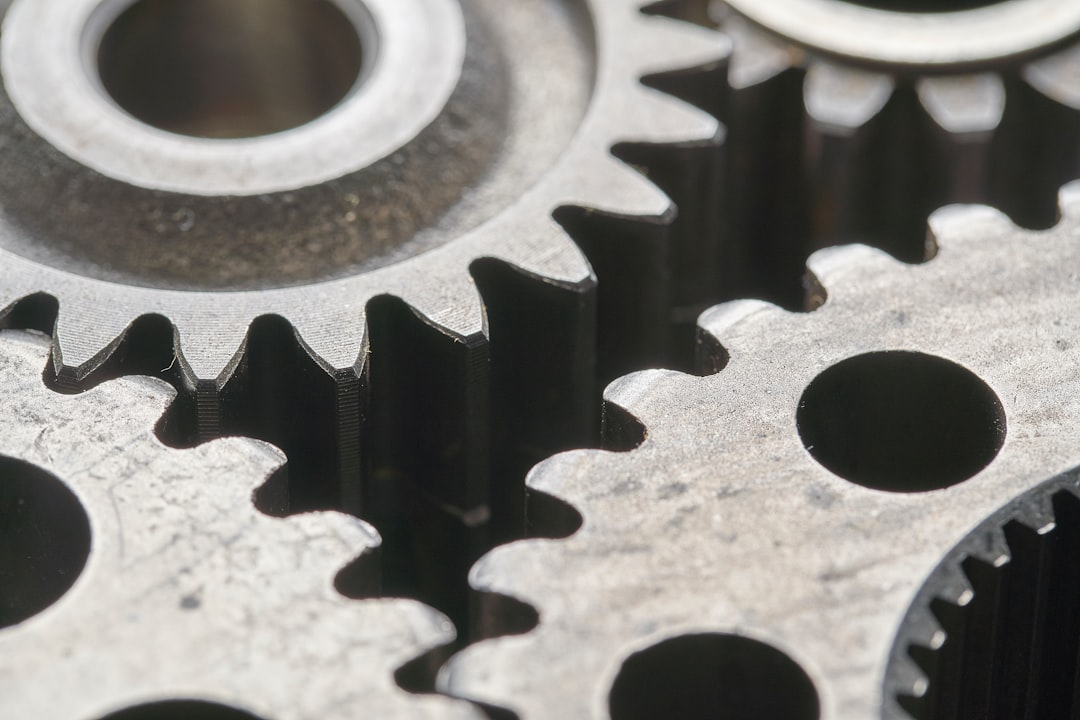What is it about?
Compared to conventional extractive techniques, bacterial assisted leaching, also called “biomining” is an eco-friendly technology that provides improved metal/solid separations. These separations are enhanced by the synergistic activities of astonishingly diverse groups of microorganisms, which lead to an extraction process with low energy consumption, low capital investment and low impact on the environment. Recently, biomining has received great attention in a variety of niche areas, especially in the mineral industries and solid industrial waste materials (e.g. galvanic sludge, sewage sludge, fly ash, electronic waste, spent petrochemical catalysts, medical waste, spent batteries, waste slag) where the metals values are low, or where the presence of certain elements would lead to smelter damage, or where environmental considerations favor biological treatments options. It allows the recovery of metal from low-grade sulfide ores and concentrates that cannot be processed economically by conventional techniques, as well as the production of concentrated metal salt solutions, which could be recycled. Bacterial assisted leaching processes are based on the ability of certain microorganisms to solubilize/or expose the metals contained in the ores and concentrates by direct oxidation, or through indirect chemical oxidation instigated by the corrosive metabolic by-products generated by an electrochemical option, or a combination of both of these. The valuable metals in solution can be recovered using conventional hydrometallurgical techniques. If the material of interest constitutes part of or is in the pre-treated residue then it can be further processed for metal recovery. The majority of microorganisms involved in bacterial assisted leaching processes are chemolithotrophs. Carbon dioxide (CO2) and oxygen (O2) are essential nutrients that are used by microorganisms for their growth, maintenance, metabolite production, and survival. This literature review aims to provide a fundamental understanding of the various mechanisms involved in microbial leaching of sulfide minerals and provide a brief look at the various factors affecting this process. Special attention is focused on the mass transfer rates in the gas phase and how they exert a pivotal role in microbially assisted leaching of sulfide minerals. Also reviewed are the major parameters that can affect gas phase mass transfer, with particular emphasis on how it is related to the efficiency of bacterial assisted leaching. ----------Keywords-------- Biomining; Bioleaching; Biooxidation; Sulfide minerals; Microorganisms; Gas transfer ----------------------------------
Featured Image
Read the Original
This page is a summary of: A review of sulfide minerals microbially assisted leaching in stirred tank reactors, International Biodeterioration & Biodegradation, April 2017, Elsevier,
DOI: 10.1016/j.ibiod.2016.09.015.
You can read the full text:
Contributors
The following have contributed to this page










